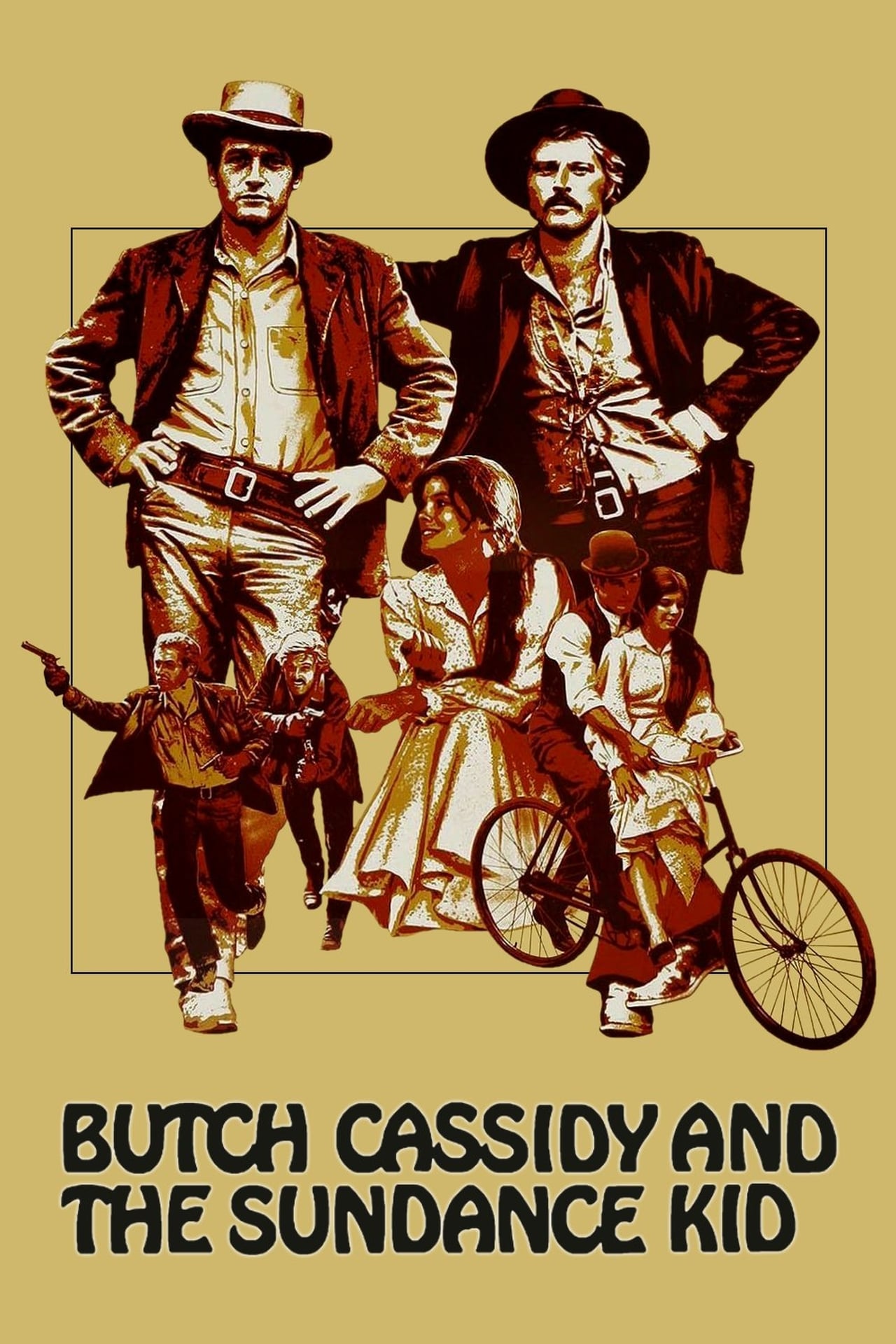
Butch Cassidy and the Sundance Kid
1969
Reviewed on: Mar 24, 2025
Review
I’ve had this film on my radar for quite some time as one of the most classic and beloved Westerns of all time. The final straw pushing me to watch it came when I was vehemently urged to see it by a Texas country store cashier who looked like he would fit right in with the Hole in the Wall Gang. So two nights later, I sat down in the living room with my parents and got to watching.
There is something very interesting about seeing older movies in that it is impossible to replicate the context of viewing the film when it first came out in theaters. With over fifty years since its release, Butch Cassidy and the Sundance Kid didn’t have the impact on me quite like it did on someone growing up in the ’60s on tales of the Wild West and with knowledge of the major stars of the day. So I approach this review with no bias from its popularity at the time of release and no major personal passion for its genre. I view it from the lens of someone with a general interest in film as a whole and my own knowledge that this is indeed heralded as a classic of its time.
Yet even with my self-proclaimed objectivity, the film impressed me not with high-stakes gunslinging or outrageous lawlessness but with its core character dynamics. As the title suggests, the film follows two outlaws—Butch Cassidy and the Sundance Kid—and their various escapades after a train robbery gone wrong. And if ever the friendship between two characters in a buddy western film was apparent, it is this one. Cassidy and Sundance, come hell or high water, never fail to be cracking jokes at one another’s expense with wit and dialogue as sharp as Sundance’s shooting skills (the waterfall scene being the best example). It’s quite possible their dynamic was the motivating example behind the phrase “maybe the real destination was the friends we made along the way.”
And while their friendship serves as the heart of the film, it is complemented by some stellar cinematography. The first scene had me excited that the rest of the film would remain in the opening, beautiful yellow-tinted black and white. Yet even though it transitioned a few minutes later, I remained impressed by the visual spectacle the film put on. It reveled in the natural beauty of the western United States that made me, at multiple times, question whether particular shots were paintings. Perhaps westerns have an unfair advantage in this department, as the scenery of the wild is unanimously deemed beautiful compared to certain cityscapes and indoor scenery. Yet Butch Cassidy masterfully used this advantage to its full capacity, resulting in a film whose technically simple shots were always gorgeous to look at.
The story itself was pleasantly simple, localizing around a small segment in the careers of these two outlaws. Nothing about the story particularly blew me away, but its limited scope enabled the film to hone in on its strengths and not spend self-aggrandizing time on details unimportant to the core narrative. In short, I found the film simple, beautiful, and heartwarmingly friendly. And although it does not rank among my favorites, I can understand why some ascribe this to be a classic.